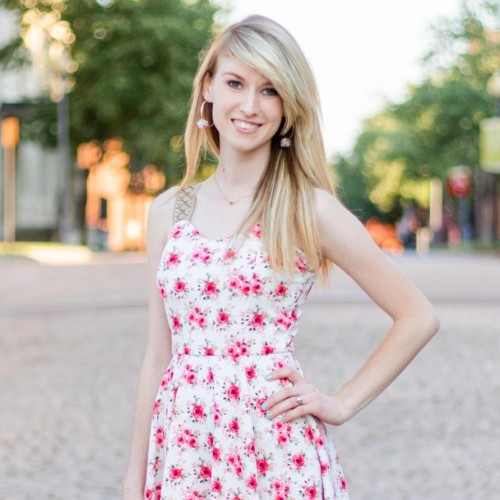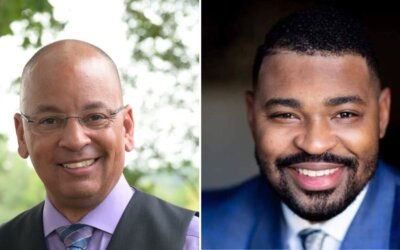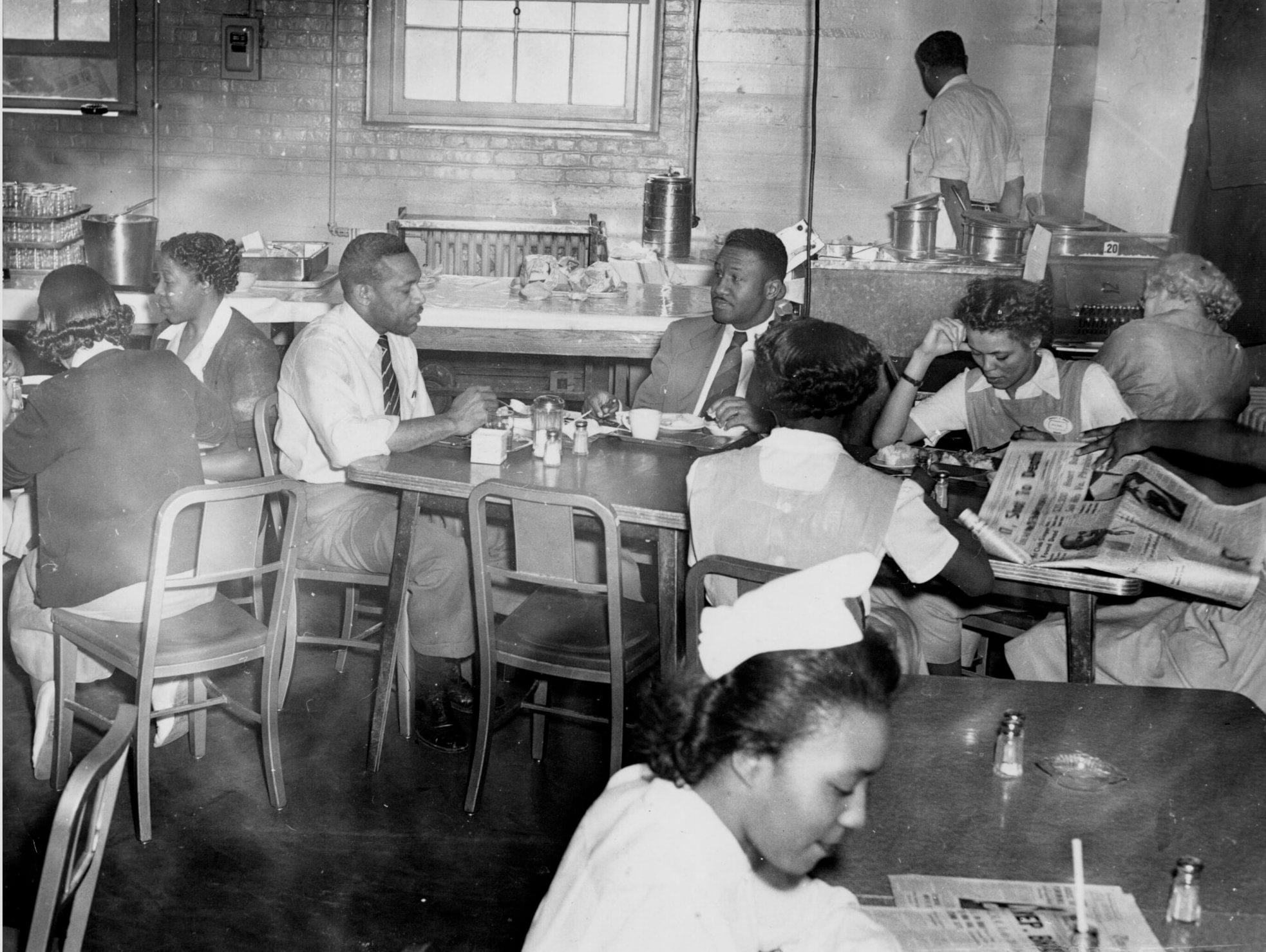
University of Virginia Visual History Collection The UVA Library has not evaluated the copyright status of this work. This single copy was produced for purposes of private study, scholarship, or research, pursuant to the library's rights under the Copyright Act.
A group of Black Virginia women bargained for better employment conditions with their jobs in World War II era Virginia.
Del. Sally Hudson, one of the 36 female members in the Virginia House of Delegates, didn’t take the stand to announce new policy on March 3. Instead, the Democrat spoke to her colleagues about a group of women who paved the way for other ladies. Buckle up, this isn’t an account you’ll find in any history books—and it’s been tucked away for the past 80 or so years.
When she’s not in Richmond legislating on behalf of Charlottesville and Albemarle County, Hudson works as an economist and as an associate professor at the University of Virginia (UVA).
The story picks up in Charlottesville in the early 1940s. Hudson explained that back then, the local hospital, operated by UVA, had trouble retaining staff. It was during this time that the United States was involved in World War II. Many Virginians were fighting overseas, while others moved to find employment in larger cities. Together, those elements led to a staffing shortage in Charlottesville.
“But as we’re seeing right now, one man’s labor shortage is a woman’s chance to change how we value peoples’ work,” Hudson said.
The delegate noted that at the time, the hospital’s ward maids worked the longest hours for the lowest pay. They were exclusively Black women who changed the linens and cleaned the rooms at a rate of less than $7 a week.
The hospital superintendent brought attention to the staffing shortage and low pay rate in 1941, and the university with UVA President John Newcomb at the helm promised to take the matter to the Virginia General Assembly. Over the next two years, nothing changed.
Taking Charge
Two years was too many.
“In January 1943, 28 Black women walked off the job from UVA Hospital,” Hudson said. “They sent UVA President Newcomb a detailed memo outlining their calculations for a living wage of $9.30 a week and requesting a meeting.”
Newcomb refused, instead recruiting wealthier white women from the Red Cross as hospital volunteers. Over the next few months, most of the ward maids went back to work for the hospital at around $9 a week.
The following spring, the ward maids joined forces with the Black male orderlies. Together, they threatened another walkout unless the hospital reduced their workday from 12 hours to eight hours. Over the next four days, the university lobbied the state budget director for an eight-hour work rule.
“Funny how things in this town can get done plenty fast when the right someone really asks,” Hudson said.
Following the win, the employees founded one of the first public unions for state workers. The moves made in the early 1940s took the employees’ workweek from 72 hours down to 48 hours, doubled their salaries and sick leave, and added overtime and 13 paid holidays to their benefits. The union also helped pave the way for the first training program for Black licensed nurses in Virginia.
Backlash Begins
It didn’t take long before the employees’ gains faced challenges. Just three years later, the Virginia General Assembly banned state offices and agencies from recognizing public employee unions.
“Every major chapter in our history that has been marked by Black gains has been met by white backlash,” Hudson said.
Nowadays, the ability to collectively bargain is still a hot topic issue in Virginia. Several Republican-led bills attempting to squash Democrat-led gains failed in the Virginia Senate. That didn’t stop the discussion.
“[W]e’ve heard a lot this session about how collective bargaining infringes on freedom, how it impedes individuals from negotiating directly with their boss—and every time I hear that, I can’t help but think how unmoored that logic is from history. I have to stifle the urge to ask, ‘Don’t you think they tried that? Don’t you know they came to collective organizing out of necessity?’” Hudson said. “We all want to be judged by our own skills and talents, by the content of our character, but experience has long since shown us that some people have to work twice as hard just to be seen for half of what they’re worth—and when that happens, we get together, we work together because we’re stronger together. It’s so much harder to ignore any one of us that way.”
By The Numbers
The Virginia House of Delegates is made up of 100 members. There are 36 women total, with 25 of those being Democrats. The remaining 64 members are men, with 23 being Democrats. Republicans control the House with 52 members, 41 of those being men and 11 of those being women.
Hudson acknowledged the Democrats’ female majority in 2022, hinting at more women-centric stories coming in the future.
“Ours is the first caucus in Virginia history that has more women than men, so we’ve got an awful lot of women’s history to share this month,” Hudson said.
Hudson called the women of the House to action, to stand against white backlash prominent throughout the commonwealth’s history.
“[W]omen’s history is not just the story of the boundary breakers, of the women who shatter glass ceilings. It is also the story of the women who would hold them back,” Hudson said. “And so we have a choice. We can be like the women from the Red Cross who would give cover to the men who divide and conquer, or we can stand with all of our neighbors and ensure that no one is ignored.”
Support Our Cause
Thank you for taking the time to read our work. Before you go, we hope you'll consider supporting our values-driven journalism, which has always strived to make clear what's really at stake for Virginians and our future.
Since day one, our goal here at Dogwood has always been to empower people across the commonwealth with fact-based news and information. We believe that when people are armed with knowledge about what's happening in their local, state, and federal governments—including who is working on their behalf and who is actively trying to block efforts aimed at improving the daily lives of Virginia families—they will be inspired to become civically engaged.
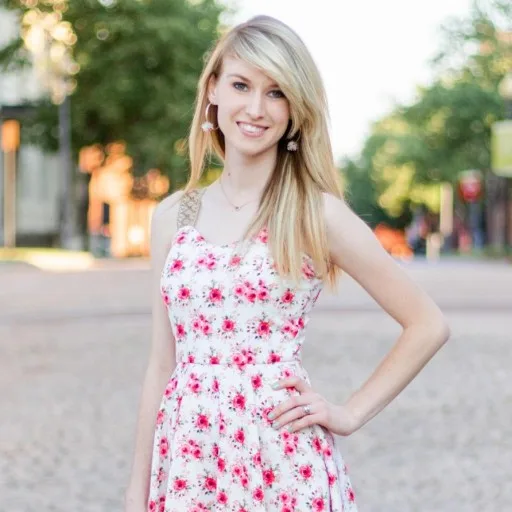
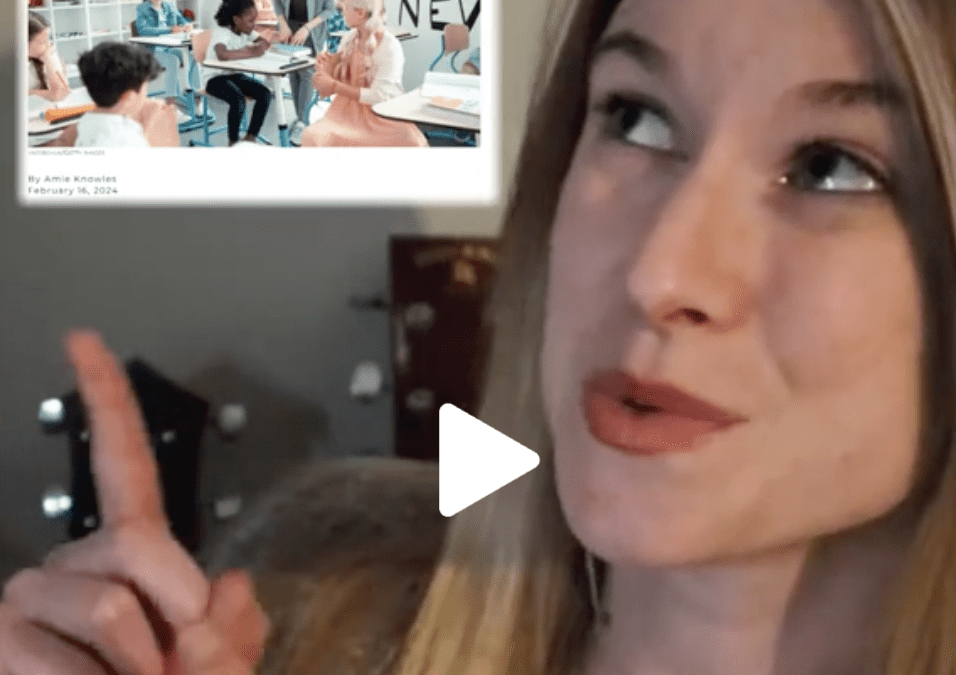
VIDEO: Your support matters!
Your support matters! Donate today. @vadogwoodnews Your support matters! Visit our link in bio to donate today. #virginianews #virginia #community...
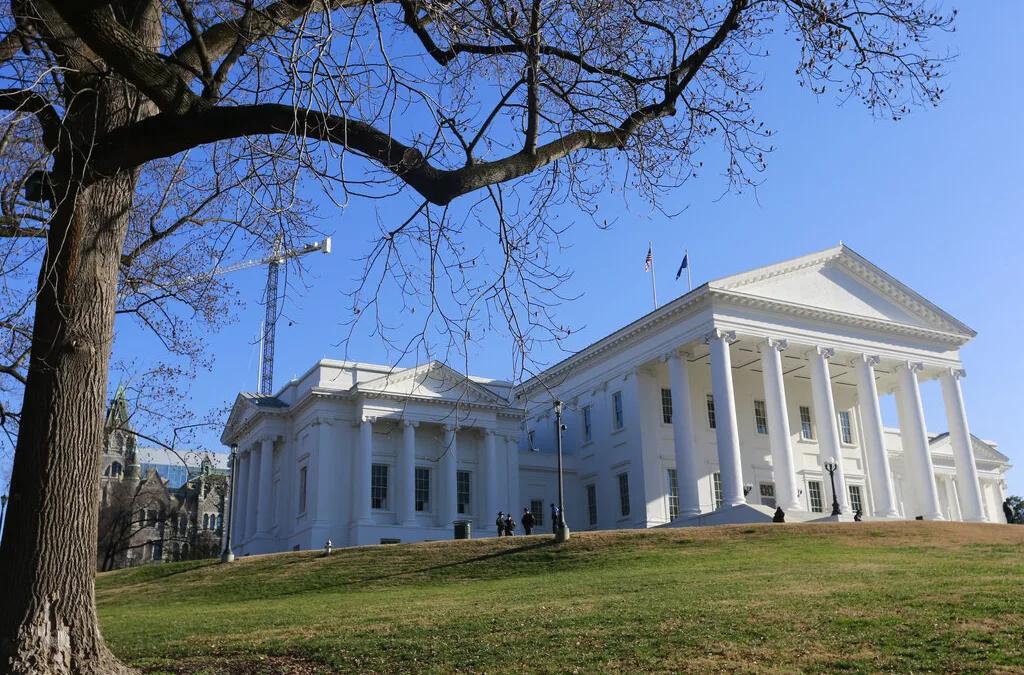
Op-Ed: Virginia’s new Democratic majorities pass key bills to improve your lives, but will Youngkin sign them?
The 2024 Virginia General Assembly regular session has wrapped up. It was a peculiar session from the outset, with Democratic majorities in the...
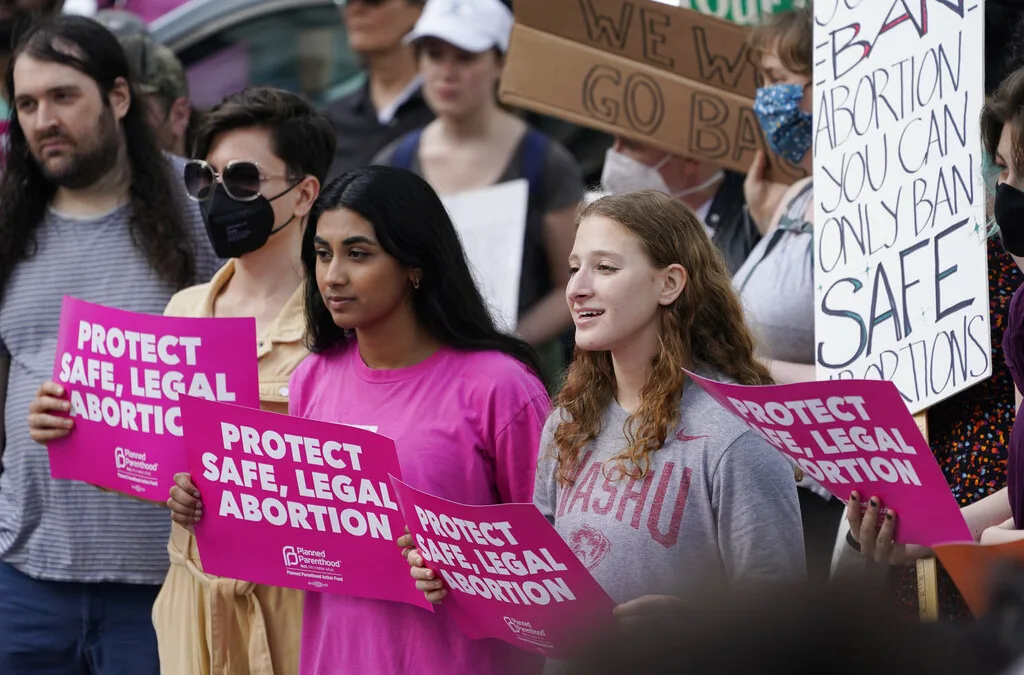
Op-Ed: Why Virginia Needs A Constitutional Amendment Protecting Reproductive Freedom
Virginia’s recent election season in 2023 drew in eyes from all over the country. Reproductive freedom was on the line and Virginia remained the...
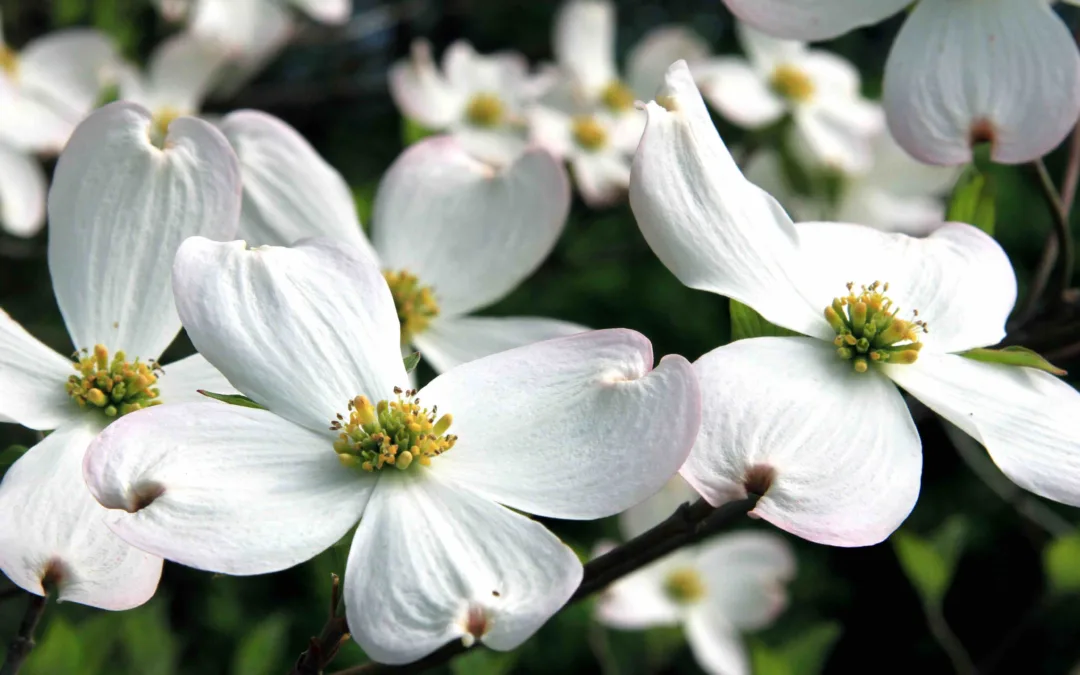
From the state rock to the state flower, here’s how Virginia got its symbols
Have you ever wondered why the Dogwood is the state flower? Or how the cardinal became the state bird? We’re here to answer those questions and more...

VIDEO: Second-gentleman Douglas Emhoff gives speech on reproductive freedom
Second gentleman, Douglas Emhoff touched on reproductive freedom not only being a woman's issue but "an everyone's issue" during the Biden-Harris...
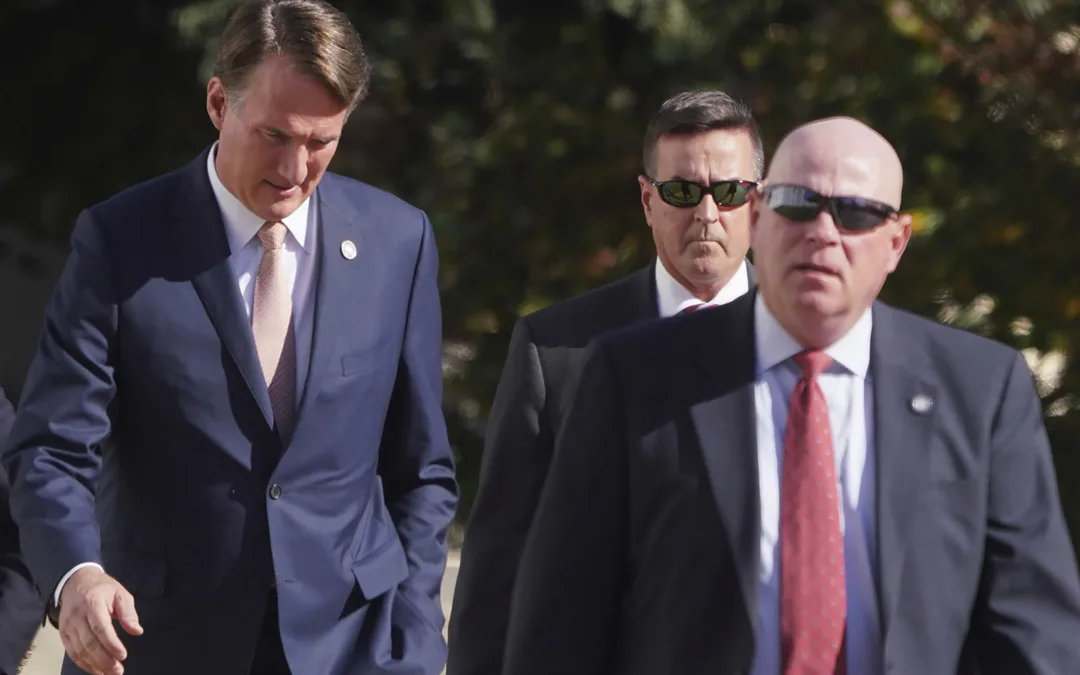
Glenn Youngkin and the terrible, horrible, no good, very bad night
Election Day 2023 has come and gone, and while there are votes to be counted, one thing is perfectly clear: Virginians unequivocally rejected Gov....

